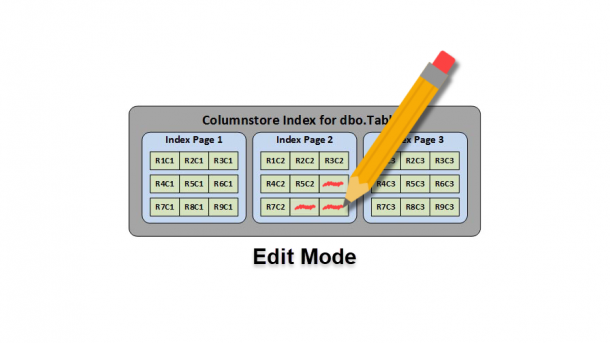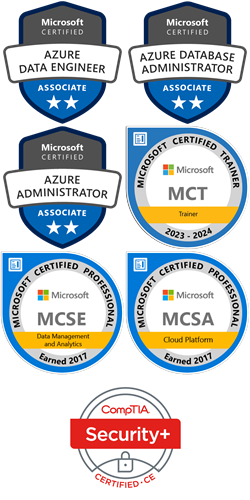As I’ve discussed in some of my previous posts, creating a non-clustered Columnstore index will make the index as well as the base table read-only. Which means you can’t insert, update, or delete any data until your drop the index. This may seem like a huge issue, but in reality it’s not that much of a problem. Keep in mind the Columnstore index feature is targeted at data warehouses that modify data infrequently. In the examples below, I go through two methods you can use to edit your read-only data. To get started, we need to create a test table...
Continue reading...July 2014
Columnstore Table Analyzer
As I’ve discussed in some of my previous posts, there are quite a few data types that cannot be part of a Columstore index. While there are fewer restrictions in SQL Server 2014, they still exist. I find myself constantly looking back at Books Online trying to make sure data types in my tables don’t contain any of those restricted data types. It would be much easier to know from day one which tables I need to redesign, or at least which columns I need to exclude from a non-clustered Columnstore index. This is why I have created the following...
Continue reading...




